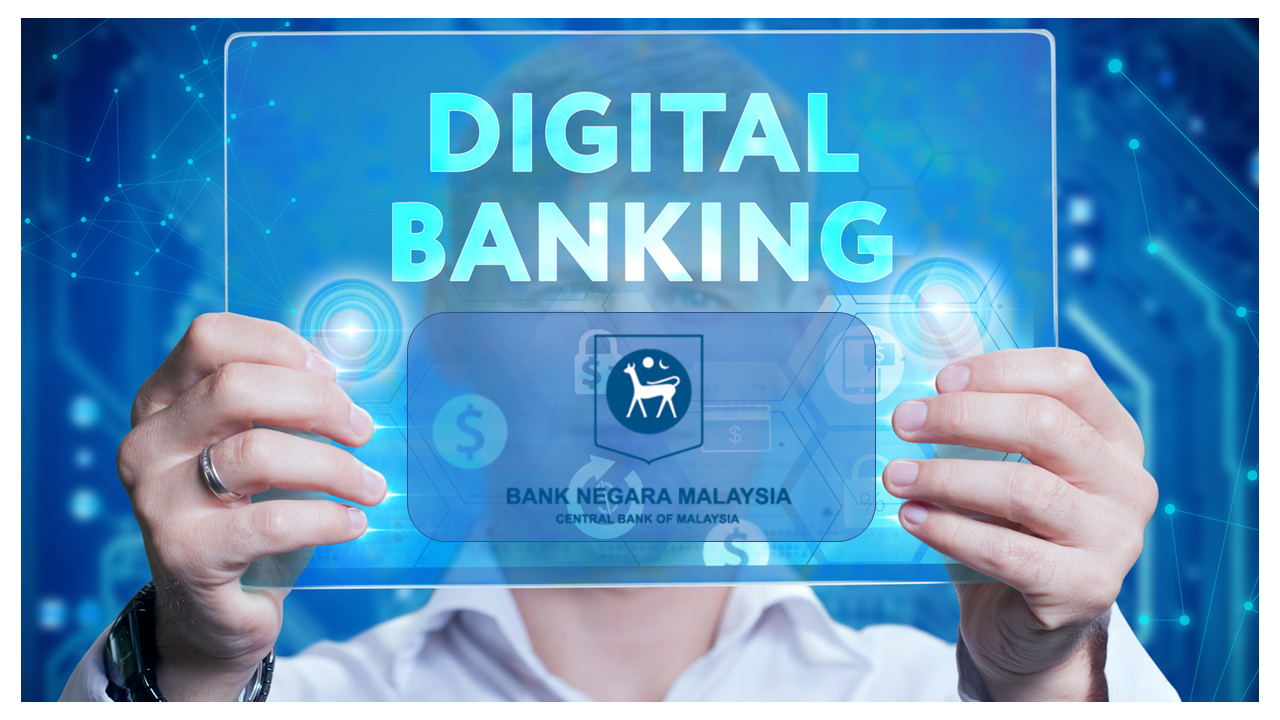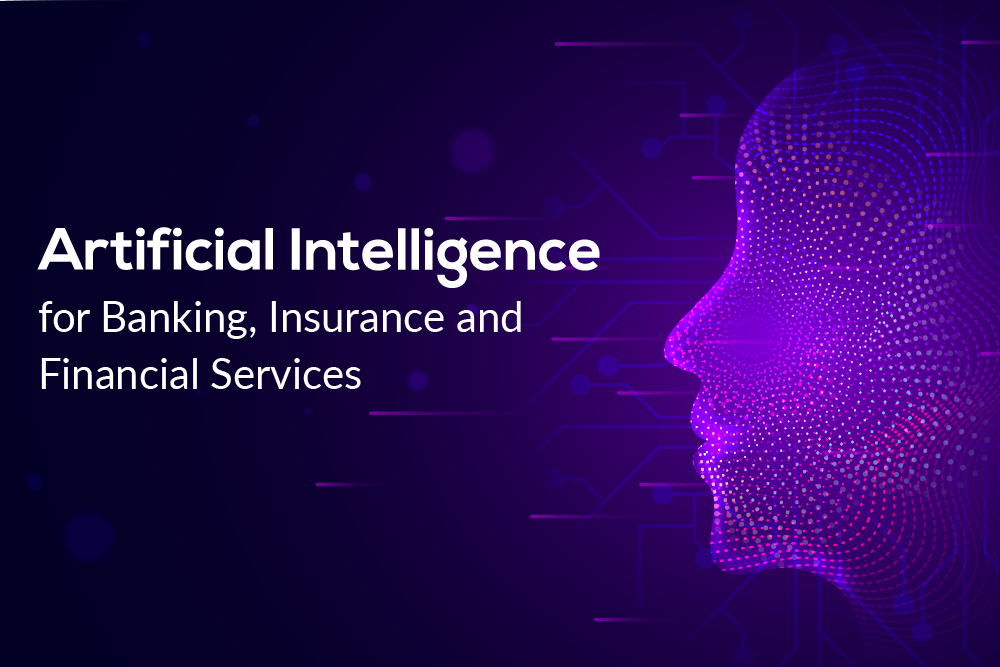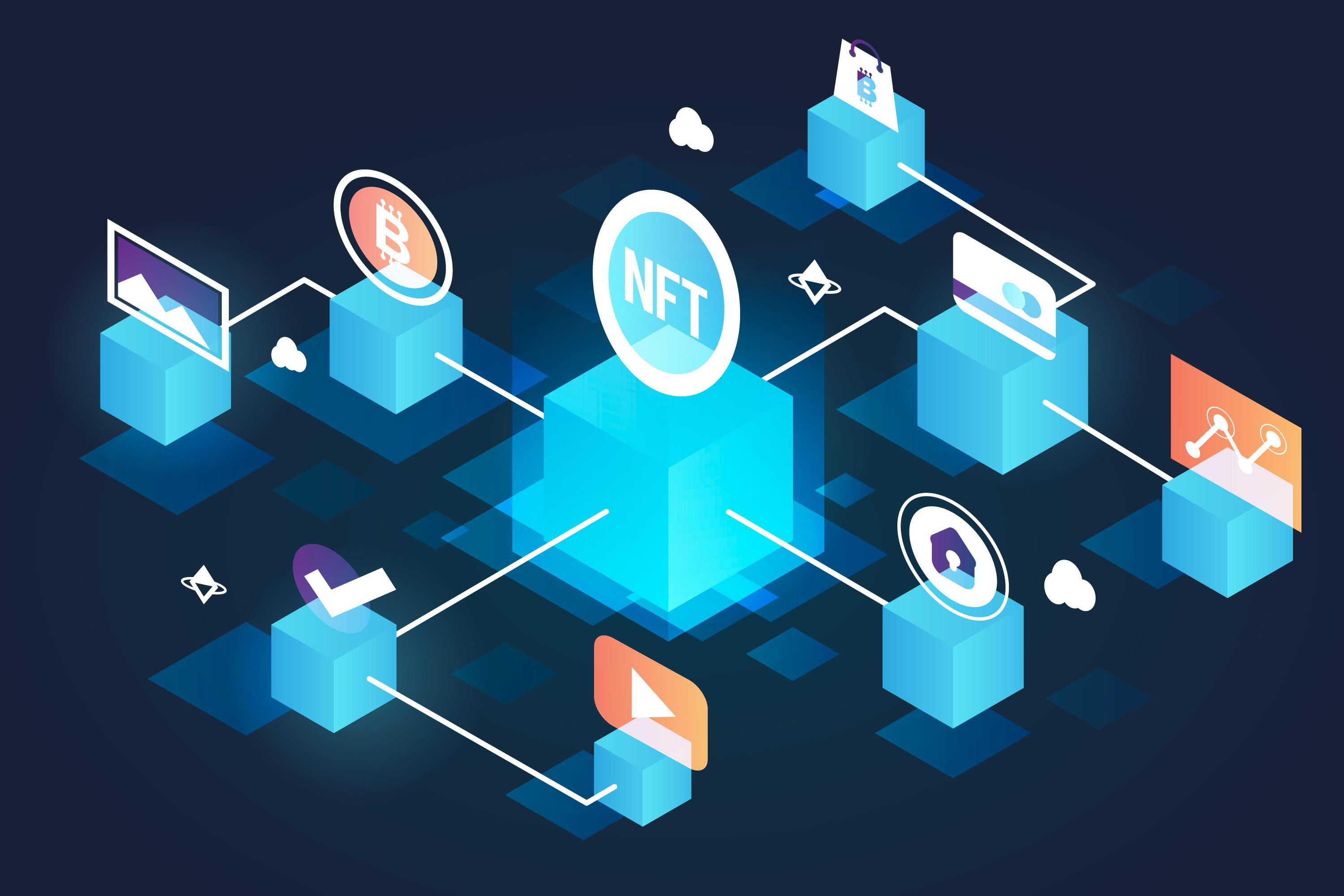Open banking is a system that enables third-party applications to access and depends on consumer financial and banking accounts. Moreover, it also can change the banking industry's market environment and consumer experience. As more and more of their data is published widely, consumers face both enticing gains and terrible threats due to banking.
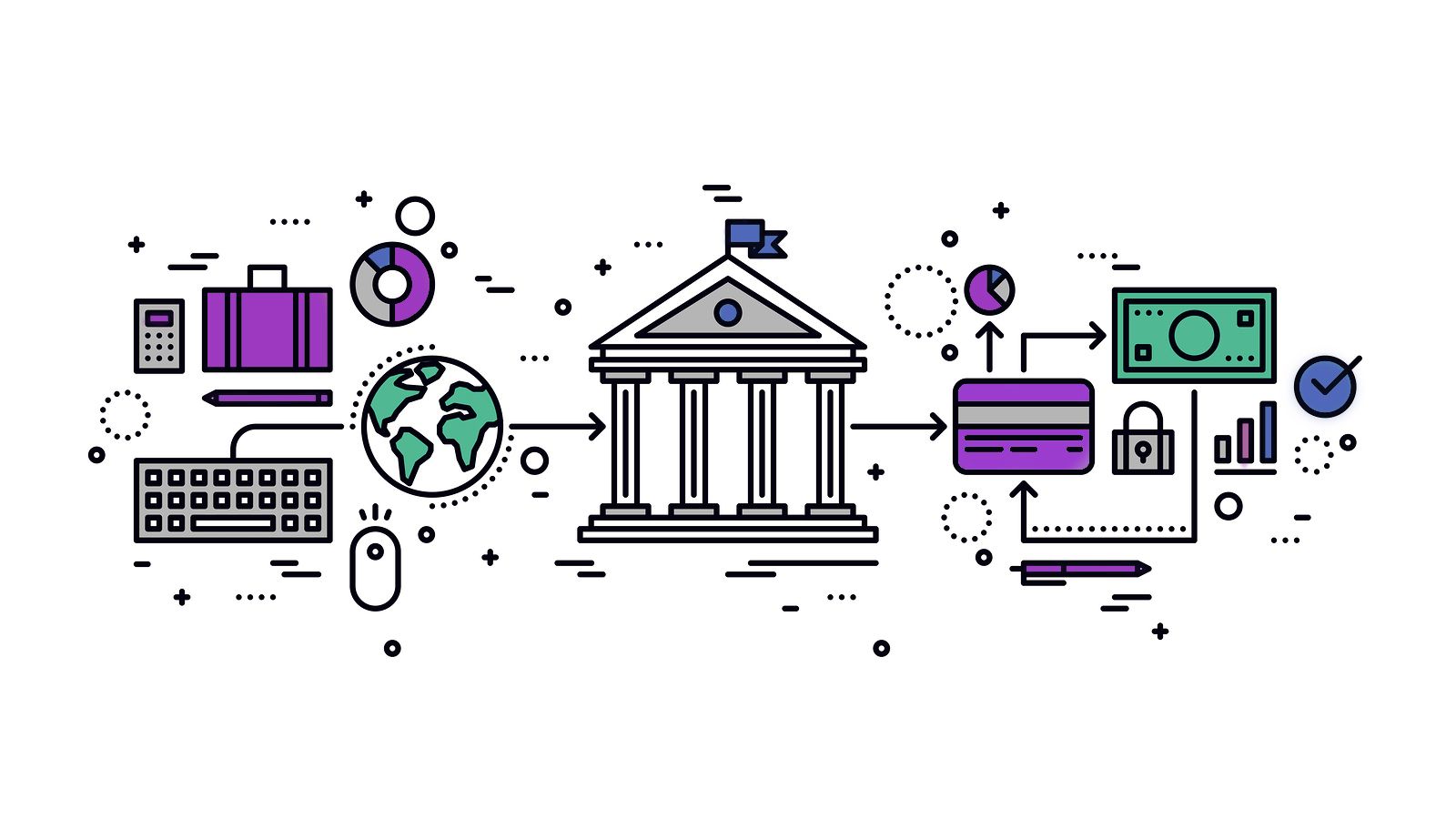
Open banking is the word for a financial service that refers to open APIs that allow third-party developers to build apps and services based on the financial institution. Account-holders now have more financial transparency options, ranging from open to private data. You don't have to reveal your password or login credentials to anybody other than your bank or building society; Open Banking is more secure than screen scraping.
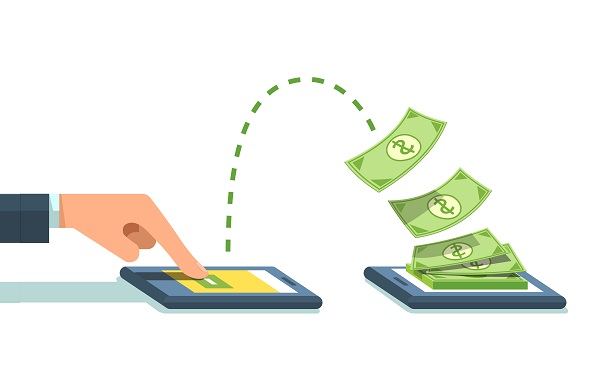
Examples of open banking
Five examples of the most popular open banking use cases:
- Account aggregation
Thanks to account aggregation, customers may view several accounts from different providers on one interface. It's not only simple payment accounts that the PSD2 architecture allows access to. There are examples of mixing personal and commercial banking in the same interface and seeing credit cards, investment accounts, and loan accounts in one spot.
- Personal finance management
There have been significant growth in personal finance management (PFM) solutions in recent years. These tools are designed to provide clients with a comprehensive insight into their financial status. This might include categorizing payments or displaying how much money the consumer has left to spend this month. PFMs may pull information from several accounts into a single user interface using dedicated software. Having data consolidated may assist banks and financial providers in understanding what their clients might benefit from and present a clear picture of how their money is doing for them. It generates financial knowledge.
- Instant credit risk
Of course, financial management and financial advisory predate it, but banking has unlocked some of PFM's potential. Whenever a bank links its very own APIs across multiple business units and when it connects to APIs at other banks. The proliferation of financial planning solutions has been helped by open banking. As a result, customers have more options, and suppliers may provide a variety of bespoke goods.
Having access to a wealth of real-time financial data may help lenders and underwriters make faster choices. It can also help consumers rapidly locate items that are most likely to be approved. They may utilize comparison sites for loans and credit cards and obtain an idea of their chances of acceptance before applying. This trend leads to the creation of several Buy Now Pay Later features in the financial industry.
- Subscription management
While account aggregation and PFM services are well-known, subscription management is relatively new. This function provides both insights and actions. Subscription management recognizes and displays all of the customer's regular billing in a single platform. This might range from a streaming service or a gym subscription to a power bill or a monthly mortgage payment. From here, the consumer may manage recurring payments, such as canceling undesirable subscriptions or receiving notifications about upcoming payments.
Knowing multiple transactions can help open banking be used efficiently for subscription management, especially if recurring payments from several accounts in different banks may be aggregated through a single interface. Lower customer support expenses on regular prices, lower churn rates on current customers, and the ability to cross-sell financial products can benefit the bank or financial institution. Learn more about Subaio's subscription management system here.
- Opening new accounts
Open banking allows bank data to flow freely, guaranteeing that information such as an address, occupation, income details, name and date of birth, and credit history all match. Because it can be done in a couple of minutes, clients will have a much more enjoyable time creating a new account – and this may soon become a competitive need. Because opening up a new version is the consumer's first online interaction with the bank, some customer segments will have high expectations for speed and user experience.

Benefits of open banking
- Increased number of tailored products

- Security and transparency with the use of data
While there have been efforts to help financial inclusion accelerate worldwide, the reality is that in Latin America, the population's distrust of online (and general) financial products and services and the perception of inaccessibility to financial institutions remain significant challenges. As a result, financial institutions and fintech firms must devise strategies to persuade potential clients of the benefits of their goods and services, emphasizing two essential factors: security and transparency.
Once open banking is implemented, consumers will have complete control over how their financial data is utilized and who has access to it. They also have faith that they will be treated with the utmost security during the procedure. This is why financial firms and fintech companies must seek techniques to convince potential clients of the benefits of their goods and services, concentrating on two essential factors: security and transparency. With open banking, users will have complete control over their financial data and who has access to it. They also have the assurance that high-security standards are handling them throughout the process.
- Faster access to credit and financing
One of the huge advantages is the variety of credit options available to clients. Companies that offer loans will now be able to issue credit offers considerably faster thanks to open banking, allowing consumers to acquire the money they need at the exact moment they need it. Companies like Dineria and askRobin utilize open banking to foster their models and quickly raise the number of loans they give to customers.
But it's not just for traditional credit models; these designs also aid in promoting and developing new products. Apollo is an excellent example with its "Buy now, pay later" service, which allows people without a credit record or a line of credit to buy in installments in a range of shops or establishments. In addition to all of this, these solutions can help with mortgage credit. Startups like Yave use to access their users' financial data to expedite all processes and assist all of their clients in purchasing a home simply and securely.

- Control and improve personal finances
Another excellent potential for customers is to enhance their financial management through products that provide visibility, control, and timely advice on how to best use their money. Mobiles in Brazil, for example, offers an app that allows users to manage their money, make budgets, or track their current account card spending all in one place.

- Salary on-demand is now a reality.
As previously said, open banking assists in developing new financial models and products. On-demand payroll is one of these, allowing hundreds of workers in Latin America to receive their payments whenever they want without waiting until the payday. Companies like Monet in Colombia and TiFi in Mexico enable workers to avoid relying on informal sources of financing (with high-interest rates) and have the money they worked for when they needed it the most. In one scenario, minu is offering this model to gig economy workers, such as Rappi and Uber service drivers, who do not have a set income and are not on the organization's payroll.
These are only a few evident examples of how open banking benefits consumers. Still, these benefits may considerably rise depending on the innovation and new services that financial firms are willing to launch. This is why open banking is so important: it lays the groundwork for continuous innovation and the banking and finance transformation in Latin America.

The capacity to develop new value from business platforms and partner ecosystems is vital to success in the digital era, and having the first-mover advantage is critical in such a race. This should be part of a larger strategy for banks, not merely a compliance measure or a ruse to demonstrate concern for consumers. Corporate banks have traditionally been the last to obtain technology toys after retail or investment banks, but this is changing in the age of fintech, challengers, open banking, and application programming interfaces (APIs). In the quest to retain clients and remain relevant, Asia/Pacific banks are finding new methods to exchange data and build possibilities, connections, and ecosystem-based business models. As the value chain of financial services is ala carte and refunded, there is a potential to reinvent the banking business fundamentally.

Introducing open APIs into the banking sector requires a whole new approach, starting with seeing APIs as a marketing opportunity requiring collaboration among various stakeholders to achieve a common business goal. This is preferable to view open APIs as simply technological approaches to be pushed mainly by the technical team. Open APIs necessitate a 'new product' strategy in which scope, rules, production cycle, roles, responsibilities, and technological factors must be considered. This is how banks may remain ahead of the pack and maintain their leadership in the ever-changing world of banking APIs.
One of the most recent projects is the November 2020 launch of the Singapore Financial Data Exchange (SGFinDex), the world's first public-private Open Banking cooperation in providing consumers with a complete picture of their financial data so that they may plan their money holistically.
Benefits of having a credit policy! What is that? How it works?
Is Payment Friction Challenging Your Business Growth And Development?
BNPL For Business Predicted To Be One Of The Fastest Growing Financial Product



